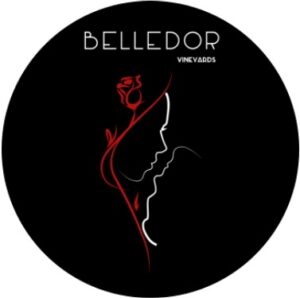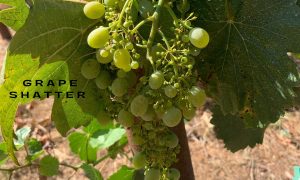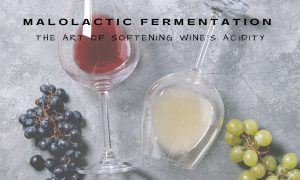Red wine production is an art form that has been perfected over thousands of years. From the selection of the perfect grape to the aging process, every step plays a crucial role in creating the perfect red wine. In this blog post, we will explore the process of making red wine in more detail.
1. Grape Selection
The first step in making red wine is to select the right grape variety. Popular varieties for red wine include Zinfandel, Primitivo, Barbera, Tempranillo, Petite Sirah, Syrah, and Grenache. The grapes are harvested at their optimal ripeness, which can vary depending on the region and the winemaker’s preferences. For example, a full-bodied California Zinfandel will be harvested at around 24-26 Brix (sugar) for the ideal ripeness and sugar levels. One the desired ripeness level has been reached; harvest will take place. For smaller wineries, this involves hand harvesting where a crew will walk through the vineyard, clipping off each grape cluster from every vine. The grapes will then we dropped into a macro-bin which is roughly ½ ton of grapes before being transported to the winery.
2. Sorting
Once the grapes are harvested, they are sorted to remove any leaves, stems, or debris that may have been collected during the harvesting process. This step is essential as any unwanted material can impact the quality of the final product. Grape sorting can be done by hand or by machine. In general, the grapes are set on a conveyer belt and move along while workers remove any unwanted debris.
3. Crushing and Destemming
The next step is to crush the grapes to release the juice. A machine called a crusher-destemmer is commonly used to remove the stems and crush the berries. There are different types of machines, however they all remove the stems from the grapes, crush the grapes and then the juice, skins, and seeds filtered into a large vat or tank.
4. Fermentation
During the fermentation process, yeast is added to the juice. Yeast consumes the sugar in the grapes converting that into alcohol. The winemaker closely monitors the fermentation process to ensure that the wine has the desired color, tannin level, and flavor profile.
5. Punch Downs
As the fermentation process continues, the skins and seeds of the grapes rise to the surface and form something called a “cap,” which is less dense than the liquid wine, hence the cap floating on the surface. To ensure that the juice remains in contact with the skins, the winemaker performs a process called punch downs. This involves pushing the cap down into the juice to mix it and extract more color and flavor. If the winery does not have a machine for punch downs then a worker will use what looks like a large potato masher and will receive one hell of an arm workout.
6. Pressing
Once fermentation is complete, the wine is pressed to separate the solids (cap) from the liquid. The solids are discarded, and the liquid, which is now wine, is transferred to barrels for aging.
7. Aging
The red wine is aged in oak barrels or stainless steel tanks to develop its flavor and aroma. The length of aging depends on the type of wine being made. Red wine typically undergoes longer aging than white wine as it requires more time to develop its tannins and flavor profile. Throughout the red wine production process, lab tests are performed to monitor the wine’s progress. pH, sugar levels, and acidity are some of the factors that are measured to ensure that the wine is developing correctly.
8. Clarification & Filtering
The wine is clarified to remove any remaining solids and ensure clarity. This can be achieved through racking, which involves transferring the wine from one container to another to separate the sediment that has sunk to the bottom. (If you would like to learn more about clarification check out our blog: Why is Clarification Important?)
9. Bottling
The wine is then bottled, often with the addition of sulfites to preserve it. The wine can be aged further in the bottle, allowing it to develop even more complexity.
In conclusion, red wine production is a complex process that requires careful attention to detail and a deep understanding of the grapes, fermentation, and aging. The resulting wine can be enjoyed by wine enthusiasts worldwide, making it one of the most sought-after beverages globally.














